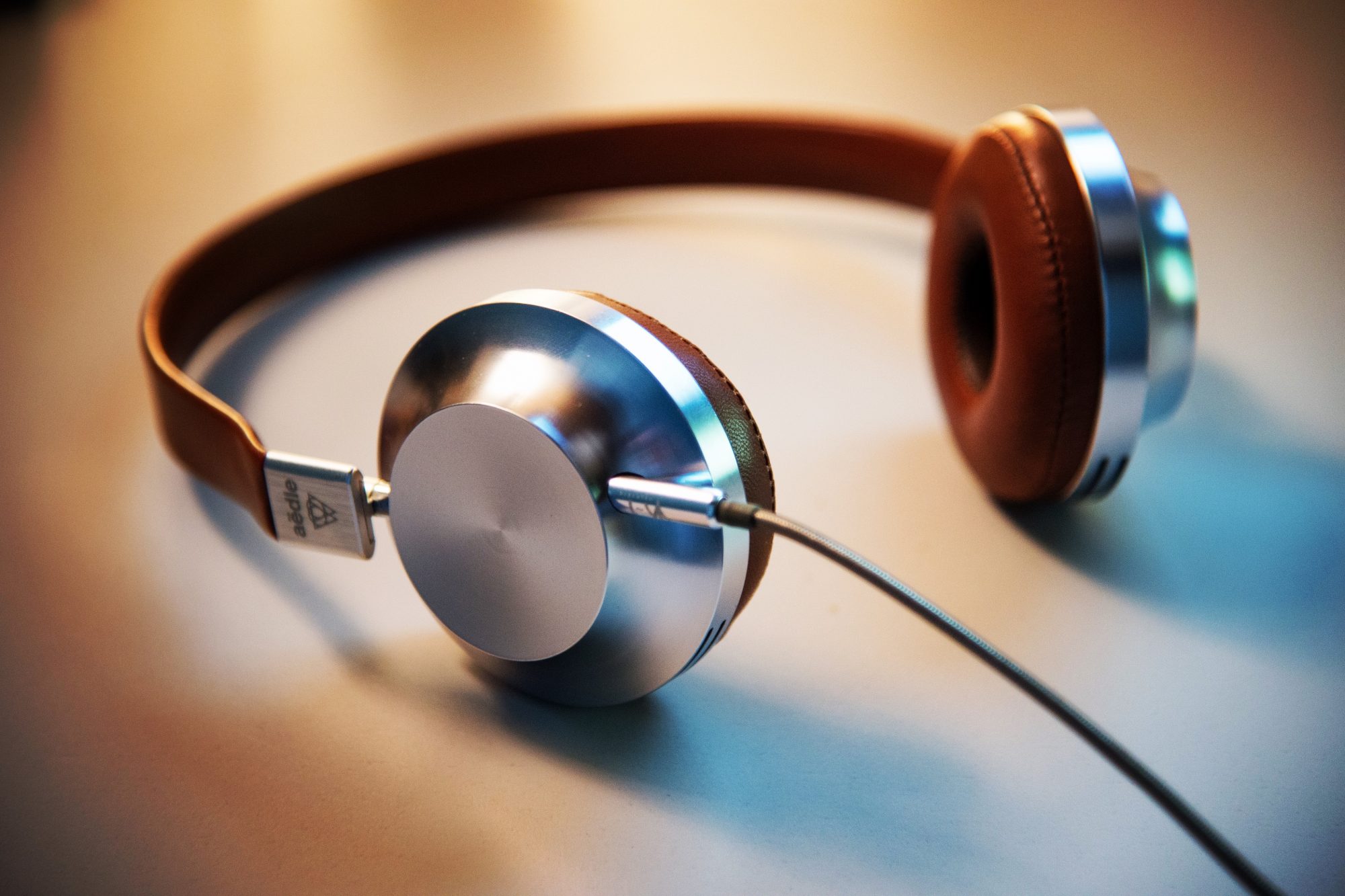It has been quite a productive week. I was able to record 17 phrases on pedal steel guitar. I recorded two each for A300, 727, DC-10, DC-9, & 747. I recorded three phrases for DC-8 and 707. I also recorded a phrase for the center section of 737. On Saturday I booked Alumni Hall to record some piano tracks on the Yamaha C7 grand in that space. All in all I managed to record 10 phrases, two each for TriStar, 737, A300, 727, and DC-10.
Last week I explained some of the basics of how a pedal steel guitar works. This week I’ll go into a little more detail. The second movement of Rotate, 737, is nominally in F major. In the center section of the piece I decided to use 3 seventh chords: an F major seventh, a D minor seventh, and an A dominant seventh. Let’s investigate how you can do this on a pedal steel guitar. This will allow us to review what we learned about tuning and the foot pedals from last week.

Above, we see the open strings of an E9 pedal steel guitar. Playing a major seventh chord in this tuning is simple, you simply play strings 2-6 simultaneously (with the low B on the left being string 10). In order to get an F major seventh, then we’d simply play those strings with the steel over where the first fret would be.
There several ways to get a minor seventh chord. Last week I went over how you could use the first two pedals of the instrument to get a chord built on scale degree four or six. Remember that the first pedal changes all of your B strings to C#, and the middle pedal changes all of your G# strings to A. When we press just the first pedal, the E major chord we get from strings 3-6 is now a C# minor chords. Likewise, when we press the first two pedals at the same time, our E major chord is now an A major chord. We are going to use these two pedals to create a D minor seventh chord.
Let’s think about that chord in the context of C major. We could also think of that chord as being an F major chord (a IV chord) with an additional D (scale degree two). We can get a IV chord by using the first two foot pedal. The additional scale degree two we can get from string 7 (F# is scale degree two in E major). Since we are thinking in C major for this chord, we would have to strum strings 3-7 with the first two pedals down, and our steel positioned over where the 8th fret would be (C is 8 half steps above E).
How about our A dominant seventh chord? We found that major seventh chords on a pedal steel guitar are easy. Here’s where the knee levers come into play. Again, there is no standard for how many knee levers a pedal steel guitar has, nor is there a standard configuration. My instrument has three knee levers. They would be labelled LKL, LKR, and RKR. Those abbreviations stand for left knee left, left knee right, and right knee right. Thus, I have two knee levers for my left leg, and one for my right.
While there are no standards, there is some logic used in setups. For instance LKL and LKR on my instrument both affect the E strings. This makes sense because you’d never want to use both levers at the same time, which is important as it is pretty much impossible to move your knee to left and to the right at the same time. On my instrument LKL raises the E strings to F, while LKR lowers the E strings to D#. The final knee lever, RKR, lowers the D string to C# and the D# string to D. Thus, it is this knee lever that allows me to lower the D# to D, which when combined with strings 3-6 gives a dominant seventh chord. So, in order to get an A dominant seventh chord, I would string strings 2-6 with RKR engaged with the steel positioned over where the fifth fret would be (A is 5 half steps above E).
